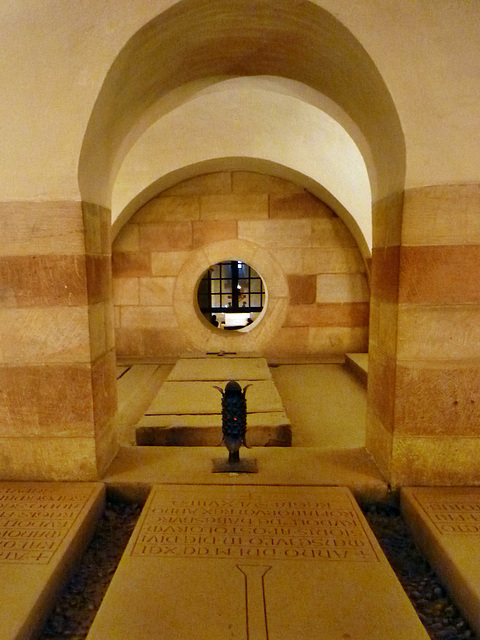Speyer - Cathedral
Speyer - Cathedral
Speyer - Cathedral
Speyer - Cathedral
Worms - Cathedral
Worms - Cathedral
Worms - Cathedral
Worms - Cathedral
Worms - Cathedral
Worms - Cathedral
Worms - Cathedral
Worms - Cathedral
Worms - Cathedral
Worms - Cathedral
Worms - Cathedral
Worms - Cathedral
Worms - Cathedral
Mainz - Cathedral
Mainz - Cathedral
Mainz - Cathedral
Mainz - Cathedral
Mainz - Cathedral
Mainz - Cathedral
Speyer - Cathedral
Speyer - Cathedral
Speyer - Cathedral
Speyer - Cathedral
Speyer - Cathedral
Speyer - Cathedral
Speyer - Cathedral
Nice - Coastline
Nice - La baie des Anges
Nice - Église Saint-Nicolas-et-Sainte-Alexandra
Nice - Old Town
Nice - Musee Matisse
Nice - Cimiez
Nice - Belle Epoque
Nice - Modernisme
Nice - Promenade des Anglais
Saint-Paul-de-Vence
Saint-Paul-de-Vence
Saint-Paul-de-Vence
Vence - Place Godeau
Vence - Cathédrale de la Nativité-de-Marie
Vence - Cathédrale de la Nativité-de-Marie
Location
Lat, Lng:
You can copy the above to your favourite mapping app.
Address: unknown
You can copy the above to your favourite mapping app.
Address: unknown
Keywords
Authorizations, license
-
Visible by: Everyone -
All rights reserved
-
163 visits
Speyer - Cathedral


Speyer gained importance, when the Salian dynasty entered the political stage with Holy Roman Emperor Conrad II. He commissioned the construction of of this church, known as the "Imperial Cathedral of Speyer". It was planned to be the largest cathedral worldwide. A display of the Emperor´s power, that was - before the "Investiture Controversy" - secular and ecclesiastical.
This "blueprint" from about 1025/1030 got changed later and the even enlarged cathedral was completed in 1106, the year Conrad´s grandson Emperor Henry IV died.
The crypt of the cathedral, consecrated in 1041, is the largest Romanesque columned hall crypt in Europe, with an area of 850 m².
Facing east.
In front is the tomb of Rudolph I of Germany (aka "Rudolph of Habsburg"). He was a very popular king, having 14 children with
his first wife Gertrude of Hohenburg. Three years after Gertrude´s death he married Isabella of Burgundy. Isabella was 14 years of age at that time, he was 66.
Behind the everlasting light (obviously equipped with a red LED) is the tomb of Conrad II, Holy Roman Emperor, the first king of the Salian dynasty. He comissioned this cathedral around 1025. He is the founder of the Salian dynasty of four German Kings (1024-1125). His heart and bowels are buried in Utrecht, where he died.
Behind the round oculus-window is the altar of the chapel, we saw before.
This "blueprint" from about 1025/1030 got changed later and the even enlarged cathedral was completed in 1106, the year Conrad´s grandson Emperor Henry IV died.
The crypt of the cathedral, consecrated in 1041, is the largest Romanesque columned hall crypt in Europe, with an area of 850 m².
Facing east.
In front is the tomb of Rudolph I of Germany (aka "Rudolph of Habsburg"). He was a very popular king, having 14 children with
his first wife Gertrude of Hohenburg. Three years after Gertrude´s death he married Isabella of Burgundy. Isabella was 14 years of age at that time, he was 66.
Behind the everlasting light (obviously equipped with a red LED) is the tomb of Conrad II, Holy Roman Emperor, the first king of the Salian dynasty. He comissioned this cathedral around 1025. He is the founder of the Salian dynasty of four German Kings (1024-1125). His heart and bowels are buried in Utrecht, where he died.
Behind the round oculus-window is the altar of the chapel, we saw before.
- Keyboard shortcuts:
Jump to top
RSS feed- Latest comments - Subscribe to the comment feeds of this photo
- ipernity © 2007-2025
- Help & Contact
|
Club news
|
About ipernity
|
History |
ipernity Club & Prices |
Guide of good conduct
Donate | Group guidelines | Privacy policy | Terms of use | Statutes | In memoria -
Facebook
Twitter

Sign-in to write a comment.